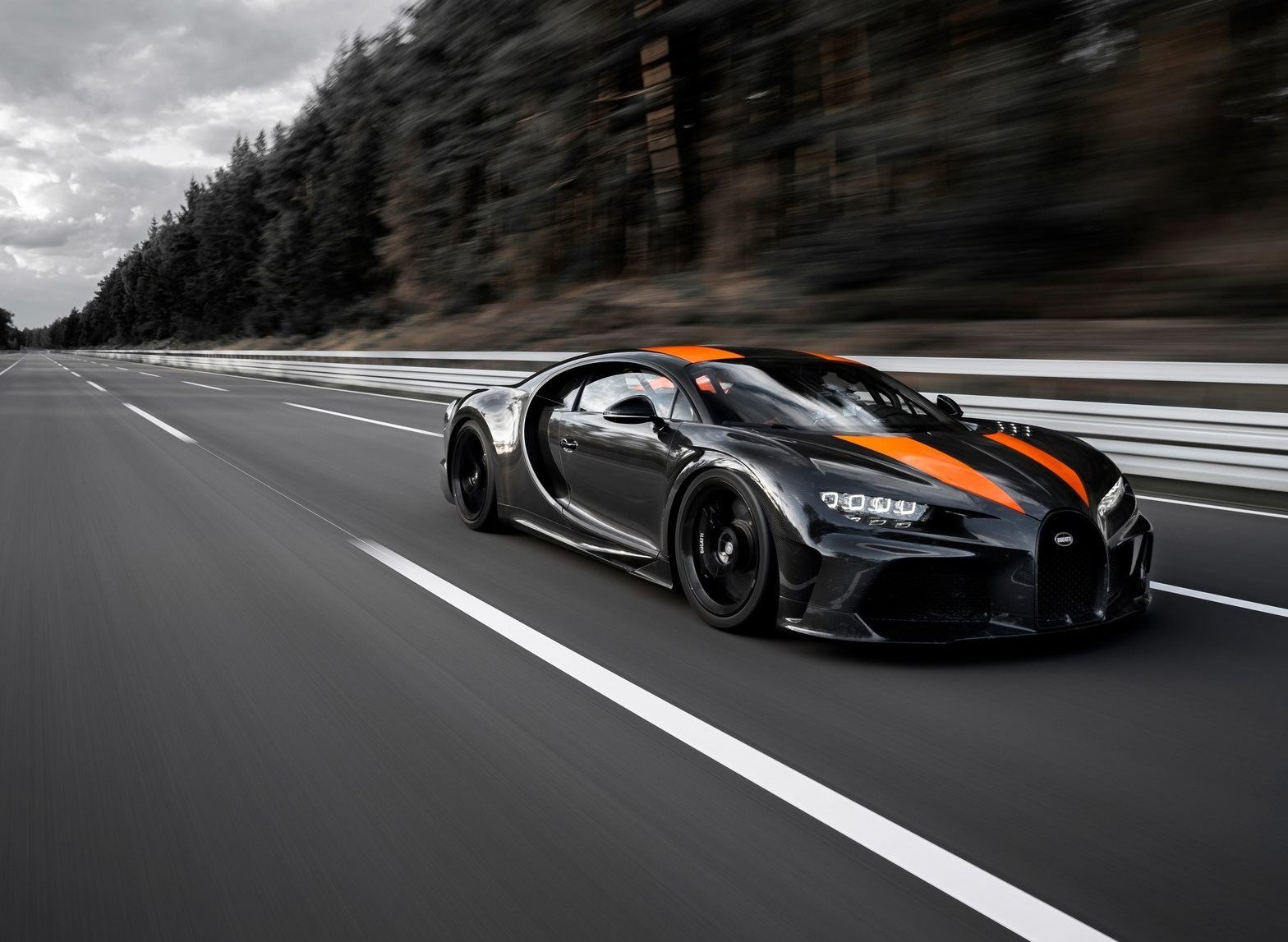
Something like this had never been achieved before, at least with a series production car, and Bugatti was determined to make it happen. It was exactly 15 years ago when test driver Uwe Novacki strapped himself into the driver's seat of a Bugatti Veyron 16.4 hypercar for a critical high-speed test. The goal on April 19, 2005: to break the 249 mph speed barrier. Not only did Novacki achieve this, but he also surpassed initial expectations by hitting a top speed of 253 mph.
Novacki was certainly no stranger to driving fast. The 30-year pro driver veteran understood high-speed driving very well, having already driven beyond the 186 mph mark.
But that day was different at the Ehra-Lessien test site, the very same location where the Bugatti Chiron Super Sport 300+ briefly went airborne last year when it broke the 300 mph barrier. Bugatti wanted the Veyron 16.4 to become a new symbol of not only luxury but also outright speed and performance.
Following Novacki's successful drive, the Veyron's place in automotive history was firmly cemented. In fact, the Veyron later went on to break a further two records. In June 2010, an updated Veyron 16.4 managed a top speed of 268 mph. Three years later, the Veyron 16.4 Grand Sport Vitesse hit 254.4 mph and became the world's fastest street-legal roadster. The Veyron, of course, is powered by a quad-turbocharged 8.0-liter W16 engine producing 1,001 horsepower and 922 lb-ft of torque.
In addition to this one-of-a-kind engine, the Veyron 16.4's impressive active aerodynamics played a key role for all of these top speed runs. For example, it changes its outer shell when it reaches 137 mph. and its height is reduced at 236 mph, both done for maintaining stability at high speed. Only a few months after the Veyron 16.4 smashed the top speed record, official production got underway. Customers knew exactly what their new purchase was capable of doing and the rest is history.
